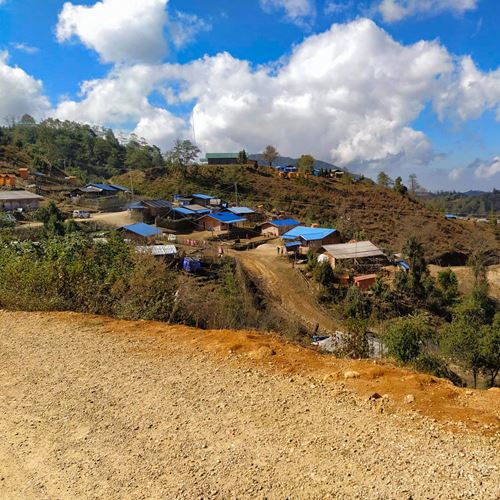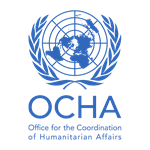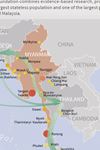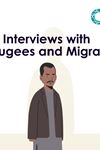
Myanmar
DRC is providing humanitarian and development assistance to people affected by displacement in Myanmar and has been operational in the country since 2009 - currently, with activities across Kachin, northern Shan, and Rakhine States.

Displacement trends
Source: | DRC Foresight
Displacement Trends
Definitions
EDPs: Refugees under UNHCR’s mandate
IDPs: Internally displaced persons
Asylum seekers: People whose claims for refugee status have not yet been determined
Stateless: People not considered as nationals by any State
HST: People living in Host Communities
OIP: Others in need of International Protection
OOC: Others of Concern
Forecast
DRC forecasts are based on a machine learning tool that has been developed to predict forced displacement (IDPs, refugees and asylum seekers) at the national level 1-3 years into the future.
Why we are there
The work of DRC in Myanmar is anchored in an approach that offers support across communities in urban, rural and isolated areas in Rakhine, Kachin and northern Shan – three of the seven states in Myanmar. DRC is providing services directly and via local partners.
What we do
DRC responds to the immediate needs of internally displaced people (IDPs) and the communities hosting them, as well as building their resilience to shocks and stresses in the longer term.
Humanitarian assistance is provided through multi-sector and integrated responses in Rakhine, Kachin and Northern Shan states. Efforts are made to further scale up and scale out responses to address the humanitarian crisis in Myanmar through all five core DRC sectors - namely Protection, Economic Recovery, Humanitarian Disarmament & Peacebuilding, Shelter & Settlements, and Camp Coordination & Camp Management, as well as Water, Sanitation and Hygiene (WASH).
Working in collaboration with


Government of Australia, Department of Foreign Affairs and Trade

Directorate-General for European Civil Protection and Humanitarian Aid Operations

United Nations Office for the Coordination of Humanitarian Affairs

The Swiss Agency for Development and Cooperation

The Swedish International Development Cooperation Agency

UNHCR

UNICEF

United Nations Office for Project Services

United States Agency for International Development

UNFPA
Contact
Dania
Al Sharif
Country Director


